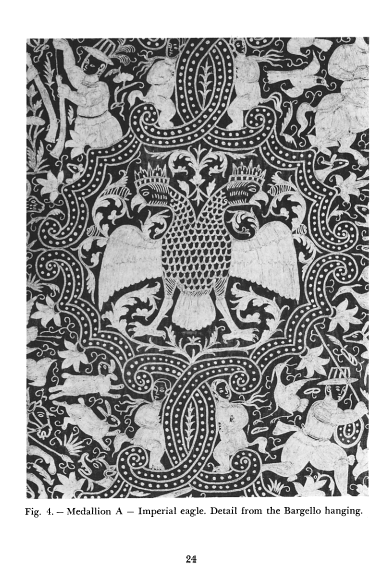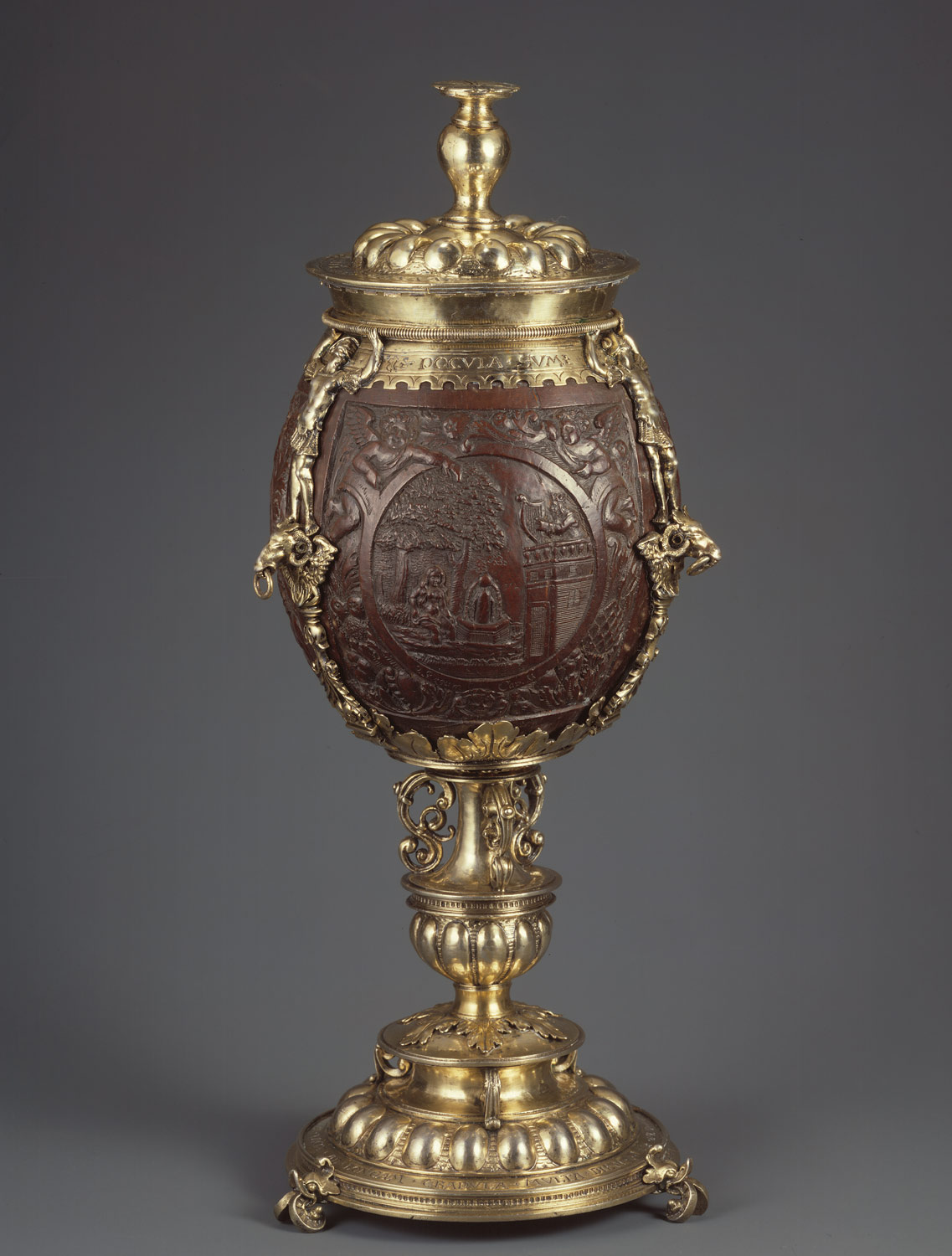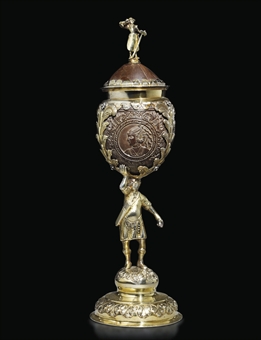 The last couple
of columns of the Itinerant have explored the meaning of the Indo-Portuguese
and the significance of what is held under this term. These columns challenged
the conception that Indo-Portuguese art should be seen as something from the
past with nothing to offer us in the present or the future. On the contrary, a
public collection of the art of the Indo-Portuguese stands to deepen the
aesthetic vocabulary of both artists as well as lay individuals living in the
state. It is this argument that this column will concern itself with.
The last couple
of columns of the Itinerant have explored the meaning of the Indo-Portuguese
and the significance of what is held under this term. These columns challenged
the conception that Indo-Portuguese art should be seen as something from the
past with nothing to offer us in the present or the future. On the contrary, a
public collection of the art of the Indo-Portuguese stands to deepen the
aesthetic vocabulary of both artists as well as lay individuals living in the
state. It is this argument that this column will concern itself with.
If
one walks into the shops and spaces that offer tourists souvenirs from Goa one
realises that by and large these products fall into the category of what one
would call folk art. Products made from shells, terracotta, coir, simple
crochet, they are marked by a certain simplicity, not particularly nuanced in
their artistic rendition, nor do they draw from a particularly deep cultural
pool. One may be tempted to suggest that this is all one can produce with these
materials, such as the coconut, but this is where I would like to differ and
offer contrary examples.
In
the course of my time in Lisbon, I had the opportunity to come across a couple
of works of art made from the coconut shell. Both of these works are
particularly vivid in my mind. One of these objects was a ciborium; that is the
container that holds the consecrated communion wafers, while the other was a
chalice. Both these objects often have a similar structure, consisting of a
central bowl that is fitted to a footed stem. A ciborium normally contains a
cover that fits tightly over the rim of the bowl. In both these cases the
central bowl was made of the finely finished shell of the coconut. Both these
bowls were fitted on the silver stands, and the ciborium had a smart silver
cover. Additionally, the ciborium had four silver medallions spaced evenly
along the outer diameter of the bowl.
When
I first saw these works, I was completely awed by the manner in which the
‘humble’ coconut shell had been converted into a work of the high baroque and
elevated into an object for the use of the Catholic cult. Given that I was able
to encounter one of these pieces rather often, it soon became so commonplace
for me to assume that combining a precious metal with coconut shell was a
fairly obvious design possibility. Were one of the many museums in the state to
decide to prosecute a project that would amass Indo-Portuguese art in all its
variety, there would be without doubt a host of other such objects that would
offer local artists, artisans patrons of art, a plethora of ideas in which to
work with materials that are still commonly available.
It is not merely artists
and artisans who can benefit from such a deepening of their references, but indeed
patrons of art as well. The success of most of the great movements of art
benefitted substantially from the demands of a cultured network of patrons.
Indeed, in the case of the Indo-Portuguese these patrons ranged not only from
European nobility and men of wealth, but notables from all across the Indian
ocean world. It was this patronage that made for the particularly interesting
production of Indo-Portuguese art. In addition to the educational aspect that
such a collection would have, it would also allow us to also host curators that
would be able to encourage conversations between contemporary works with works
from our past.
It
seems obvious enough that a reclamation of the Indo-Portuguese should begin
post-haste.
(A version of this post was first published in The Goan dated 6 Sept 2014)




No comments:
Post a Comment